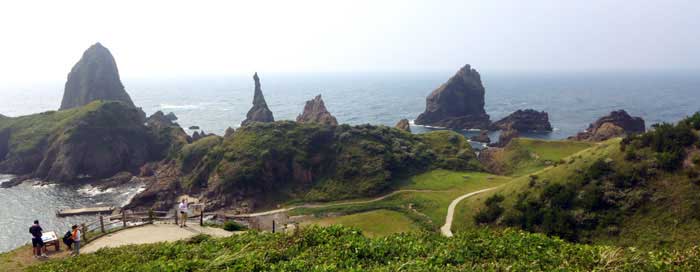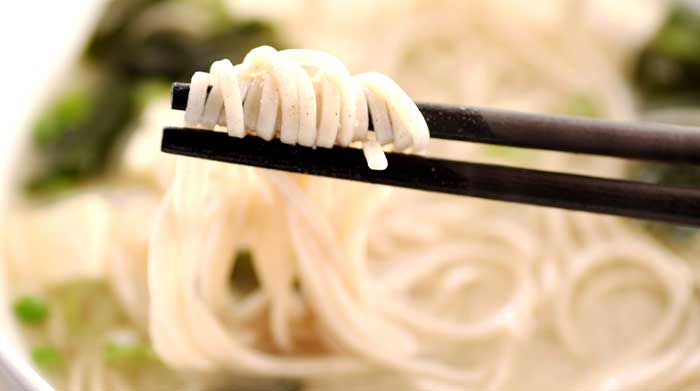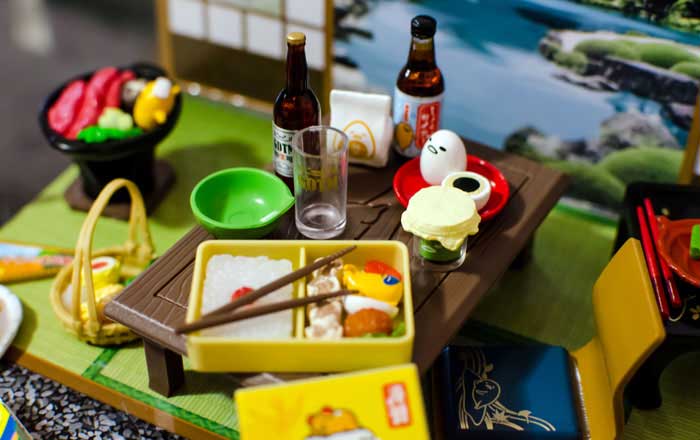Japan always portrays an image bustling big city for travellers. If one is tired of the hustle and bustle of city crowds, head over to Matsue, located west of Honshu and take the next ferry trip to indulge in slower life pace over at remote Oki Islands.
The island was recently designated as Unesco World Geoparks Network, and offers rugged coastal lanes, old trees, sparkling beaches and exciting water activities for the sporty type. There are also the famous Shinto shrines, a centuries old enclave rich in cultural customs and shrouded in squid legends. There are 4 main islands to explore around Oki Islands.
First in the list if the biggest island among all, which is the Dogo island. It is famous for aging cedar trees, well taken care by locals with zeal. Near the port town named Saigo lays a 2000 years old Yao-sugi huge tree, with branches popping up outside the Tamawakasu Shrine. Another giant tree estimated to be 800 years old lay near the area called Chichi sugi tree, believed to house a deity. Younger cedars (by hundreds of years) can be found in Shizenkaiko forest. Tokage-iwa can be explored. It is more commonly known as the lizard rock due to the appearance of a lizard clawing up the cliff.
Dogo's beaches are great walking terrains for nature lovers. Pine trees and other plant life can be found along the walking path. You will be able to experience the deep sea vistas along Shirashima coast. Sea kayaking, boat tours and diving plans can be arranged during the summer. The island also organizes bull sumo showdown where two bulls lock horns in a battlefield. It is a centuries old custom held nearby the Shinto shrines. The bulls head butt each other and one sole winner is announced the moment one party walks away. There will be professional handlers preventing bull injuries at the side.
Nishino shima is home to the breathtaking Kuniga coast. Tourists love hiking up Matengai Cliff to escape the urban cities like Osaka and Tokyo. Options are available for boat tours for an inner view of the rock formations. Yurahime Shrine is also another landmark at Nishino shima. Legend has it that a crowd of squids will gather at the bay to seek forgiveness from a deity for nipping her fingers. Photos of squid crowd can be seen at the lovely shrine. There is a covered ring for sumo wrestlers just outside the shrine. The ring has deep roots for Japanese culture. Tradition has it that wrestlers will fight twice, where there will be one win each. Tournaments are rarely held, maybe once in many years, and luck is needed to predict the timing of the matches if it ever happens.
Chiburi jima is the smallest island. A local slogan is given to the island name that is carefree Chiburi. One must stop by Kawai Jizo spring and admire the bodhisattva statues. The springs made it to the best 100 well preserved water from Shimane. After a refreshing drink, one can take a carefree walk up Sekiheki, also known as the red cliff. The cliff used to be covered in red magma, and its color changes which is dependent on lighting. Tanuki, a raccoon dog from Japan could be spotted as well. Mt Akahage, the top point of Chiburi jima, offers spectacular sea view and adjacent islands. Aigaki stone walls can be seen across the hills. It has been preserved since the days of sustainable farming rotating techniques many centuries ago.
Nakano shima at Oki Island is home to many famous exiled government officials over many centuries. Emperor Go Toba was once exiled after a failure in launching a rebellion to recapture his glory. 700 years later, the Oki Shine was built to commemorate his legacy and has become a hot spot for the island. Nakano shima has more exotic fresh water at springs all over the island. One can see the volcanic rock brimming in red.
If one were to plan the trip, be sure to look for Nishino shima office for tourism or Oki Island Gepark official site for more details and information source.




